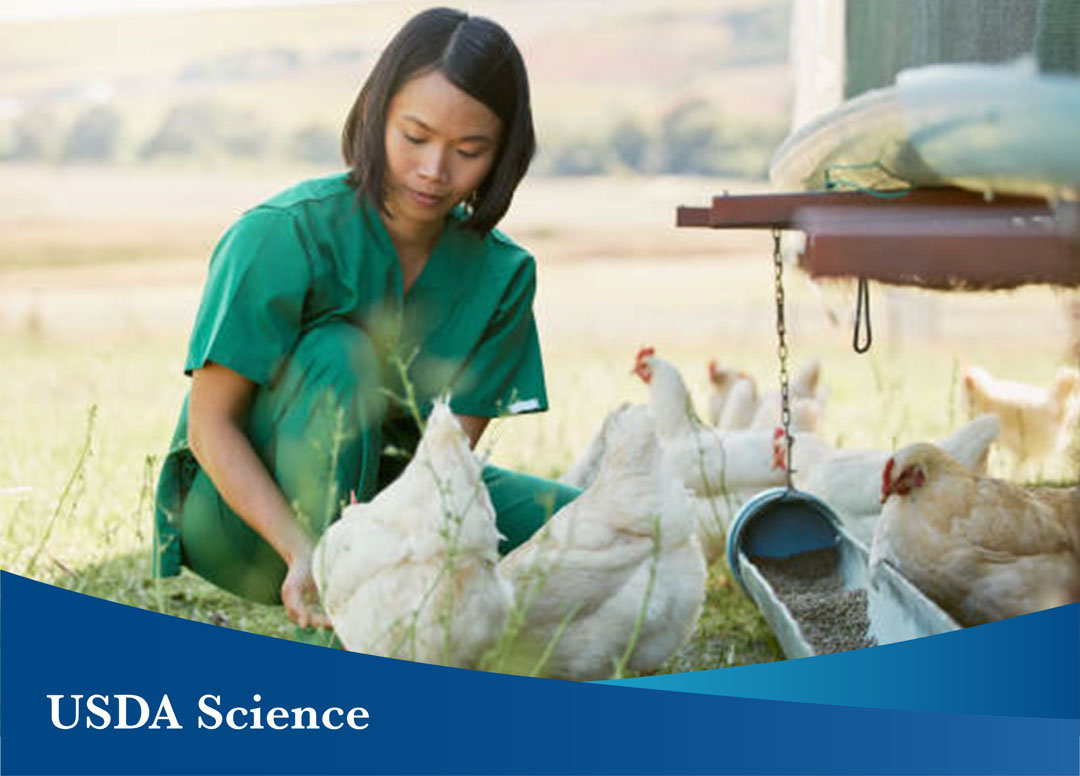NIFA Investment Paves the Way for Veterinary Students
[ad_1]
Mar 25, 2024
Since 2010, the USDA National Institute of Food and Agriculture’s Veterinary Medicine Loan Repayment Program (VMLRP) has served the needs of food animal veterinarians and stakeholders in animal agriculture across the nation by supporting veterinary educational debt repayment in return for veterinarians’ services in designated, high priority, shortage situations. In this time, the VMLRP has awarded nearly 800 food animal veterinarians with loan repayment assistance.
“Food animal veterinarians who care for and safeguard the health of livestock, poultry and aquatic animals, ensuring their welfare as well as food safety, security and quality, are critical for the sustainability of the U.S. food system,” said Kathe Bjork, NIFA national program leader. “One of the most significant challenges identified for entering the profession and being successful as a food animal veterinarian is the cost of veterinary medical education and the resulting pressures of repaying student debt, especially considering the differences in compensation between food animal and companion animal veterinary practice types.”
In 2003, the U.S. Congress authorized the establishment of VMLRP to respond to the challenges with recruitment and retention of food animal veterinarians as well as rising veterinary educational debt. The first awards were made in 2011, and by 2023, annual funding reached $10 million.
As one part of its programmatic support for VMLRP stakeholders, the program has produced a summary of its activities and accomplishments and the challenges facing the profession in the VMLRP Program Summary 2010-2022. This report provides an overview of the VMLRP and summarizes trends and program activities and other data to respond to the needs of animal health officials, food animal veterinarians, food and fiber animal producers, and interested stakeholders.
NIFA allocates the numbers of shortage areas to states, insular areas and federal jurisdictions based on agricultural census data. Animal health officials use those allocations to nominate areas that have a veterinarian shortage. Animal health officials identified the midwestern and western U.S. and Georgia as areas with the greatest shortages, and beef cattle had the greatest veterinarian need.
From 2010-2022, the VMLRP received 2,061 applications from food animal veterinarians and entered into service agreements with 795 awardees. Demographics of applicants and awardees have changed over time with an increasing proportion of female applicants and awardees.
The data shows that over the 13-year period, the number of female applicants outnumbered males in nearly every year. Of the 1,957 applicants who self-reported their gender, 58% were female.
The VMLRP award amount has remained the same since the program’s inception, $25,000 per year for a three-year service agreement, and awardees may apply for a renewal award. In 2010, 42% of awardees were female, while in 2022, 75% of awardees were female.
The VMLRP investments continue to make it possible for veterinarian students to realize their dreams and make an impact on the agricultural landscape.
[ad_2]


